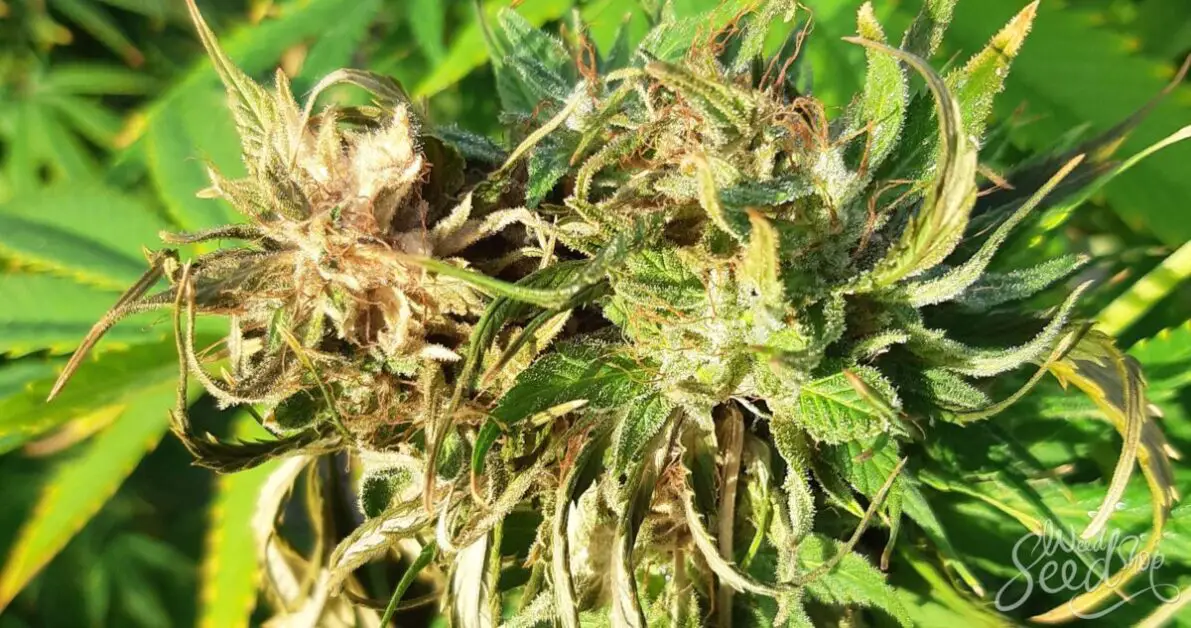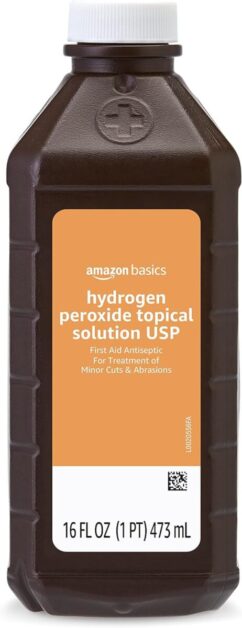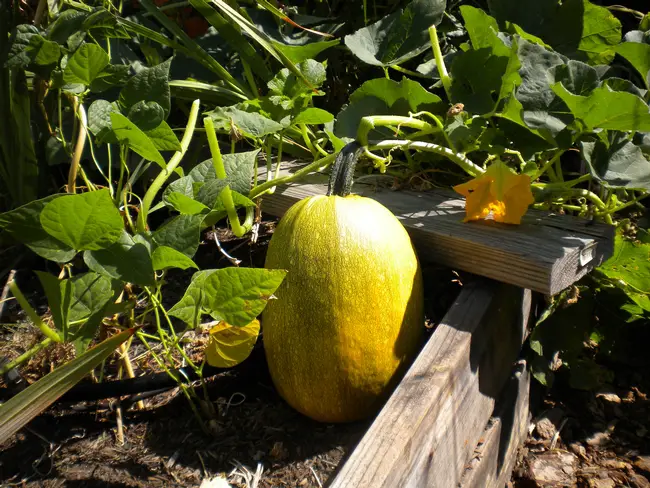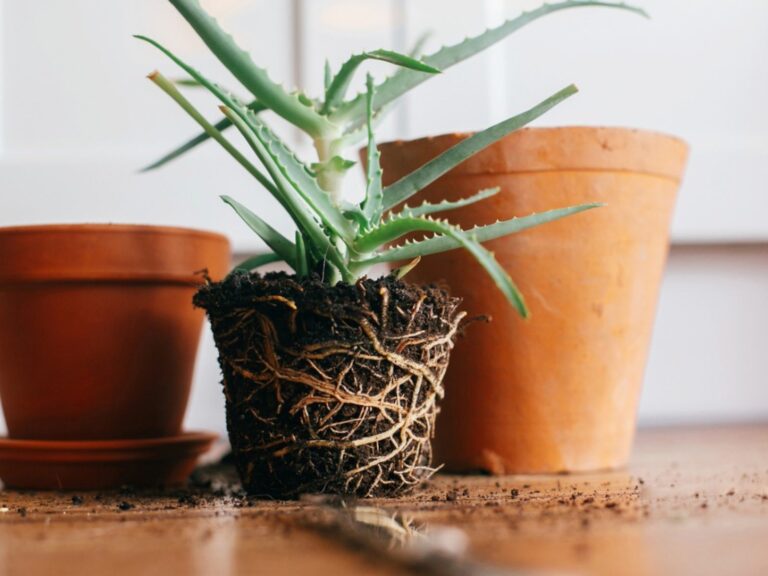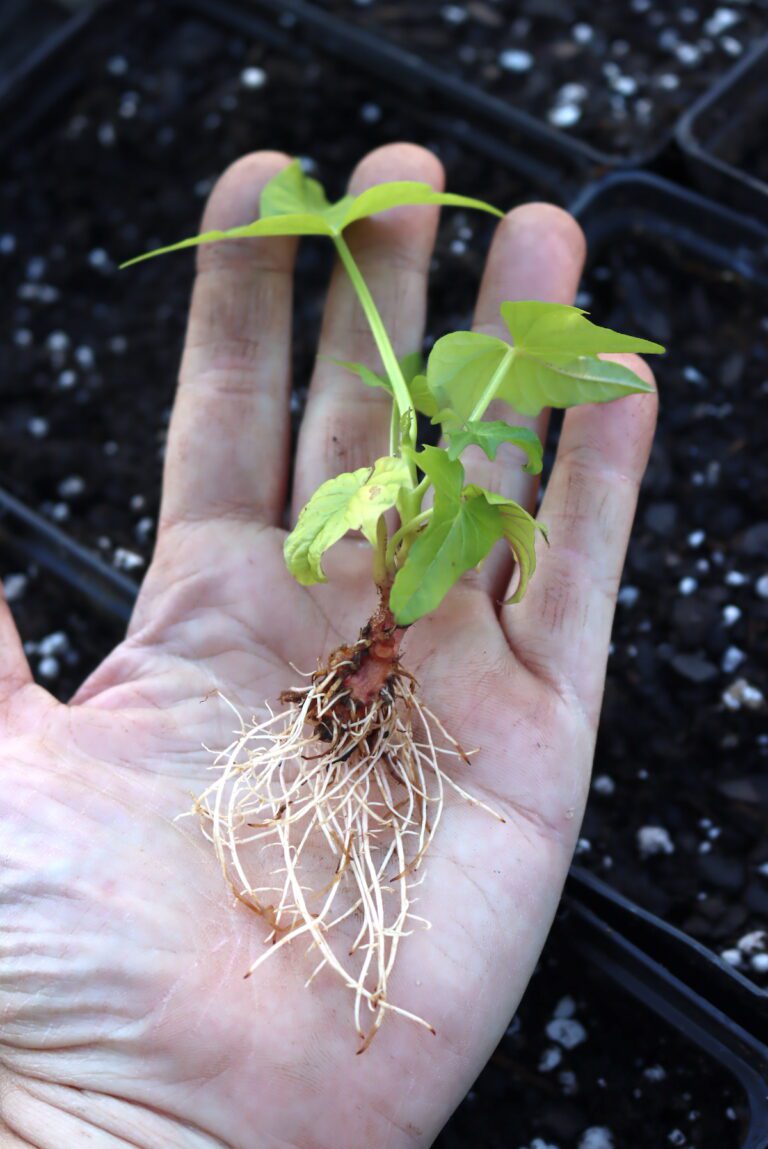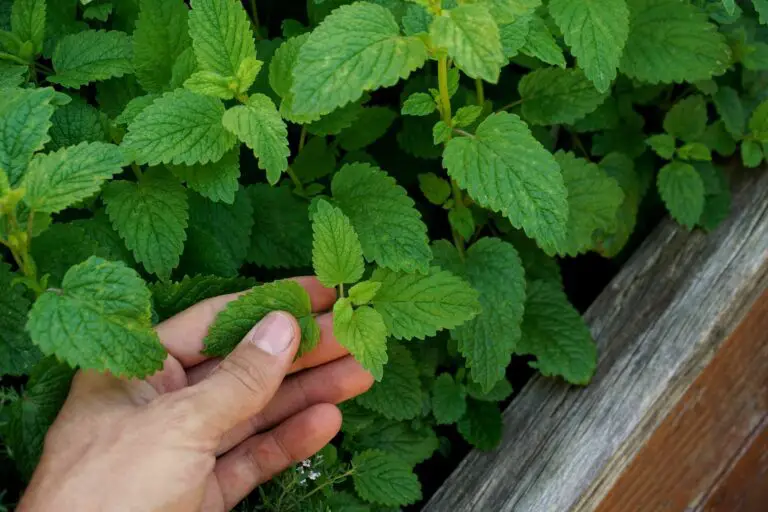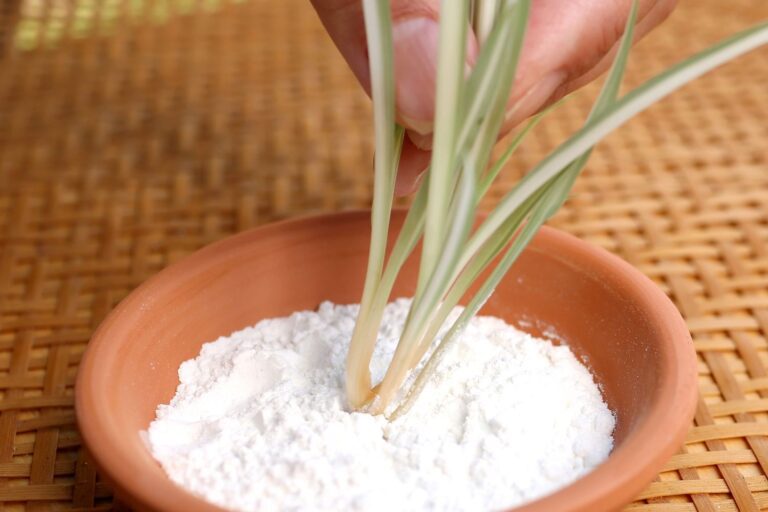Bud Rot: What It Is, How to Dodge It, and How to Heal It
Ever noticed your prized cannabis buds suddenly turning mushy and foul-smelling? That’s the dreaded bud rot creeping in! But fear not, fellow cultivators, as we unravel the mysteries of this menacing menace. In our blog, we’ll delve into what bud rot is, how to sidestep its sneaky advances, and most importantly, how to nurse your plants back to health if they fall victim. With the latest insights and expert tips at your disposal, you’ll be equipped to safeguard your precious harvest and keep those buds thriving. Let’s embark on this green journey together and bid farewell to bud rot woes for good!
Table of Contents
Identifying the Culprit: Recognizing the Signs and Symptoms
Bud rot, also known as botrytis or gray mold, is a common fungal disease that can wreak havoc on both indoor and outdoor gardens. Identifying the signs and symptoms of bud rot is crucial for early intervention and prevention of its spread.
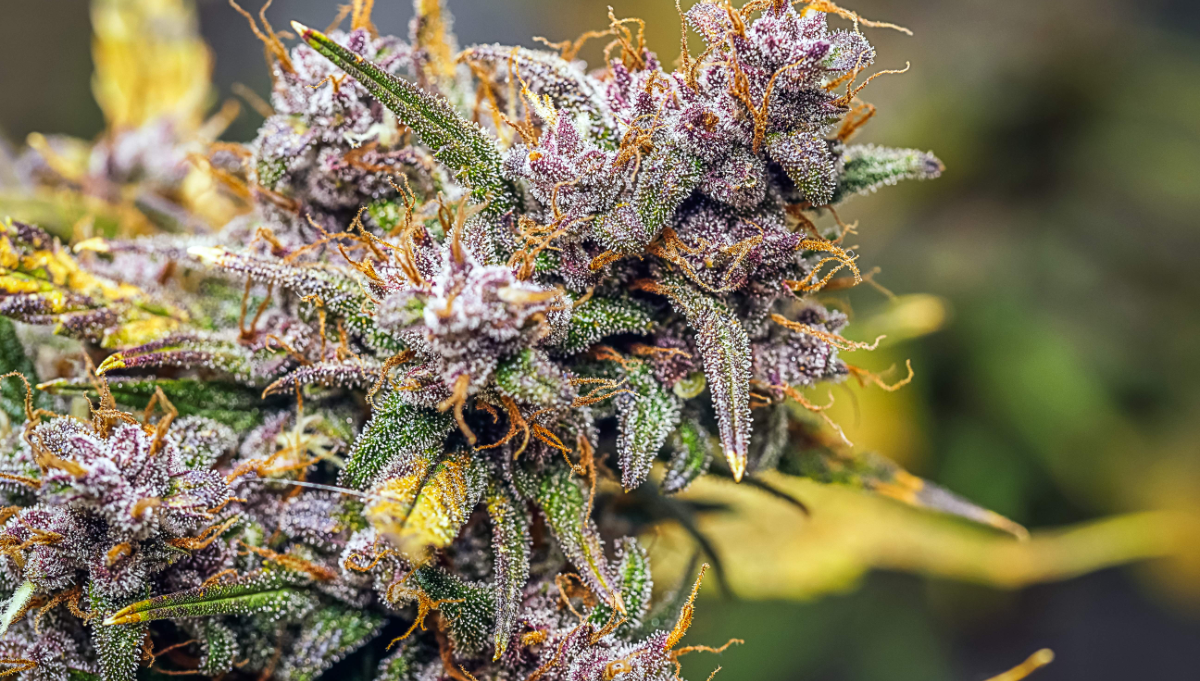
- Gray or Brown Fuzzy Mold: Look for fuzzy mold on buds, leaves, or stems. It often starts as small, water-soaked spots that enlarge and become covered in fungal growth. As the rot progresses, affected areas turn slimy and emit a foul odor.
- Yellowing or Browning Leaves: Keep an eye on leaves near affected buds. Discoloration (yellowing or browning) may indicate the fungus spreading from infected buds to surrounding foliage.
- Wilting or Drooping Plants: Sudden wilting or drooping, along with lackluster or stunted growth, can be a sign of bud rot.
By familiarizing yourself with the signs and symptoms of bud rot, you can effectively identify and address this troublesome disease before it takes a toll on your plants.
Environmental Factors: Uncovering the Causes of Bud Rot
Bud rot, also known as botrytis cinerea, is a common and devastating fungal disease that affects cannabis plants. Although its onset may seem to occur suddenly, there are several environmental factors that contribute to the development and spread of bud rot. Understanding these causes is crucial in preventing and managing this destructive disease.

- One of the key environmental factors that promotes bud rot is high humidity levels.
- Cannabis plants are particularly susceptible to this disease when they are grown in environments with humidity levels above 50%.
- The moist conditions create an ideal breeding ground for the fungus, allowing it to thrive and spread rapidly.
- Additionally, poor airflow and stagnant air exacerbate the problem, as the lack of ventilation traps moisture around the buds, further promoting the growth of the fungus.
- Another significant contributor to bud rot is excessive moisture on the plant’s foliage.
- This can occur due to rain, high humidity, or even improper watering techniques.
- When water droplets remain on the leaves for an extended period, they provide the perfect conditions for the fungus to multiply and infiltrate the plant’s tissues.
The following table explains the environmental factors that causes of bud rot in gardens:
| Factor | Impact | Preventive Measures |
|---|---|---|
| 1. Humidity Levels | – High humidity fosters fungal growth. | – Maintain humidity below 60%. |
| – Ideal range: 40-60% RH. | – Adequate ventilation and airflow. | |
| 2. Temperature Fluctuations | – Wide temperature variations contribute to disease. | – Maintain stable temperatures. |
| – Ideal range: 68-75°F (20-24°C). | – Use temperature control measures. | |
| 3. Air Circulation | – Poor air circulation encourages mold development. | – Ensure proper spacing between plants. |
| – Stagnant air around buds promotes rot. | – Use fans for improved air movement. | |
| 4. Watering Practices | – Overwatering or waterlogged soil can lead to rot. | – Implement proper watering schedules. |
| – Ensure well-draining soil. | – Water at the base, avoiding foliage. | |
| 5. Plant Density | – Crowded plants restrict air circulation. | – Optimize planting spacing. |
| – Dense canopies trap moisture. | – Prune excess foliage for airflow. | |
| 6. Fungal Presence | – Fungi thrive in damp environments. | – Regularly inspect plants for signs. |
| – Early detection prevents spread. | – Apply preventive fungicides if needed. |
Therefore, it is crucial to avoid overhead watering and instead focus on delivering water directly to the soil, preventing excess moisture from accumulating on the leaves.
Prevention is Key: Creating an Optimal Growing Environment
Creating an optimal growing environment is crucial for preventing bud rot in your plants.
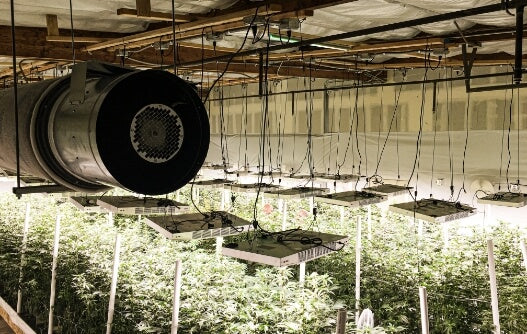
Excessive moisture in the air creates a breeding ground for the fungus causing bud rot.
Ensure proper ventilation in your growing area using fans or exhaust systems to promote airflow and reduce stagnant air pockets.
Maximize sunlight exposure to help evaporate excess moisture on leaves and buds, reducing the risk of bud rot.
Choose a location with ample sunlight throughout the day, while avoiding areas prone to rain or water accumulation.
Be cautious of placing plants too close to water sources or in areas with pooling water, as this increases the likelihood of bud rot.
By carefully selecting the right spot for your plants, you can strike a balance between sunlight and water exposure, reducing the risk of bud rot significantly.
Proper Ventilation: Promoting Airflow and Reducing Humidity Levels
Proper ventilation is crucial when it comes to preventing bud rot in your plants. By promoting airflow and reducing humidity levels, you create an environment that is less favorable for the growth of harmful fungi.
- Fan Placement: Strategically position fans in your growing area to circulate air. Oscillating fans are especially effective in enhancing airflow and preventing stagnant pockets.
- Humidity Control: High humidity encourages bud rot. To combat this:
- Use a dehumidifier to reduce moisture levels in the air.
- Regularly monitor humidity with a hygrometer.
- Adjust ventilation and dehumidification strategies as needed.
Remember, proper airflow combined with reduced humidity can significantly decrease the risk of bud rot in your plants.
The MIDEA MAD30C1YWS Portable Dehumidifier proved to be a game-changer in my home. Its powerful dehumidification capabilities swiftly tackled moisture issues in my basement, creating a more comfortable and healthier environment. The user-friendly controls and portable design made it easy to operate and move around as needed. While the water tank required occasional emptying, the option for continuous drainage provided added convenience. Overall, its efficient performance, combined with quiet operation, makes it a standout choice for anyone seeking effective moisture control in larger spaces.
- Powerful Dehumidification: Capable of removing moisture from large spaces, such as basements or living rooms, effectively reducing humidity levels.
- Portable Design: The MIDEA MAD30C1YWS is easily movable with built-in wheels and handles, allowing for convenient placement wherever needed.
- User-Friendly Controls: Features intuitive controls and a digital display for easy operation and monitoring of settings.
- Continuous Drain Option: Offers the flexibility of continuous drainage, reducing the need for frequent emptying of the water tank.
- Energy Efficient: Operates with energy-saving technology, helping to lower electricity bills while maintaining optimal performance.
- Quiet Operation: Runs quietly, minimizing disruptions to daily activities or sleep when used in residential settings.
- Size and Weight: Its larger size and weight may make it cumbersome to move, especially when navigating stairs or tight spaces.
- Water Tank Capacity: The water tank may require frequent emptying in high-humidity conditions, necessitating regular maintenance.
- Limited Coverage Area: While suitable for large rooms, it may struggle to effectively dehumidify extremely large areas or multiple rooms simultaneously.
- No Built-in Pump: Lacks a built-in pump for automatic water drainage, requiring manual intervention to empty the tank or use a separate pump.
- Initial Setup: Initial setup and configuration may be required, including adjusting settings and ensuring proper drainage options are in place.
- Price: The initial investment may be higher compared to smaller or less powerful dehumidifiers, potentially impacting budget-conscious consumers.
Strategic Plant Placement: Maximizing Sunlight Exposure and Minimizing Risk
Strategic plant placement plays a crucial role in maximizing sunlight exposure and minimizing the risk of bud rot in your garden. When choosing a location for your plants, consider the sunlight requirements of your specific crop. Some plants thrive in full sun, while others prefer partial shade. Understanding the light requirements of your plants will help you determine the most optimal placement.
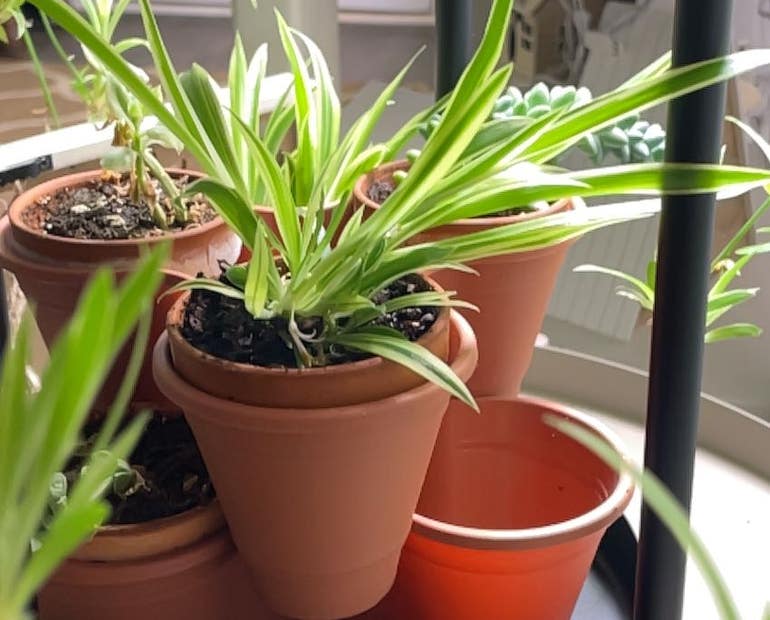
Maximize Sunlight Exposure:
- Position plants in areas with ample sunlight throughout the day to facilitate photosynthesis and promote healthy growth.
- Sunlight naturally reduces humidity levels, crucial in preventing bud rot development and spread.
Assess Sunlight Movement:
- Consider the orientation of your garden and how sunlight moves across the space during the day.
- Determine optimal planting locations based on sunlight availability for different crops.
Avoid Shaded Areas:
- Avoid planting in the shadow of large structures or tall trees, as it limits access to sunlight and creates favorable conditions for bud rot to thrive.
By strategically placing your plants in areas with maximum sunlight exposure, you can minimize the risk of bud rot and create an ideal growing environment.
Watering Techniques: Balancing Moisture Levels to Avoid Bud Rot
Watering techniques play a crucial role in maintaining the optimal moisture levels for your plants and preventing bud rot. It is important to strike a balance, ensuring that your plants receive adequate hydration without creating a damp environment that promotes the growth of rot-inducing fungi.
- One key principle to keep in mind is to water your plants thoroughly but infrequently.
- This promotes deep root growth, allowing them to access moisture from deeper layers of soil.
- Rather than providing small, frequent amounts of water, a thorough watering encourages roots to grow stronger and deeper, making them more resilient to moisture-related issues like bud rot.
- Additionally, watering infrequently reduces the chances of creating excess moisture on the plant’s leaves and buds, minimizing the risk of fungi development.
Choosing the Right Soil: Ensuring Adequate Drainage and Nutrient Balance
Choosing the right soil is crucial for ensuring adequate drainage and nutrient balance, which are essential for preventing bud rot in plants. Poorly drained soil can lead to stagnant water, creating the perfect environment for fungal growth. On the other hand, soil lacking in essential nutrients can weaken the plant’s immune system, making it more susceptible to diseases like bud rot.

- Well-Draining Soil: Choose well-draining soil varieties that allow excess water to flow away from the roots. You can enhance drainage by adding organic matter like compost or perlite.
- Nutrient Balance: Conduct a soil test to assess existing nutrient levels. Then, supplement accordingly with organic fertilizers or commercially available nutrient blends tailored to your plant’s needs.
Remember, a healthy plant is better equipped to defend itself against diseases, including bud rot. By choosing the right soil with proper drainage and nutrient balance, you can create an optimal growing environment that minimizes the risk of bud rot and promotes the overall well-being of your plants.
Stay tuned for our next section on pruning practices, where we will delve into enhancing air circulation and removing infected areas to further prevent the onset of bud rot.
Pruning Practices: Enhancing Air Circulation and Removing Infected Areas
Pruning is an essential practice for gardeners looking to prevent and manage bud rot. By enhancing air circulation and removing infected areas, you can significantly reduce the risk of this fungal disease spreading throughout your plants. Pruning allows for improved airflow, which helps to lower humidity levels and create an unfavorable environment for the growth of rot-causing pathogens.
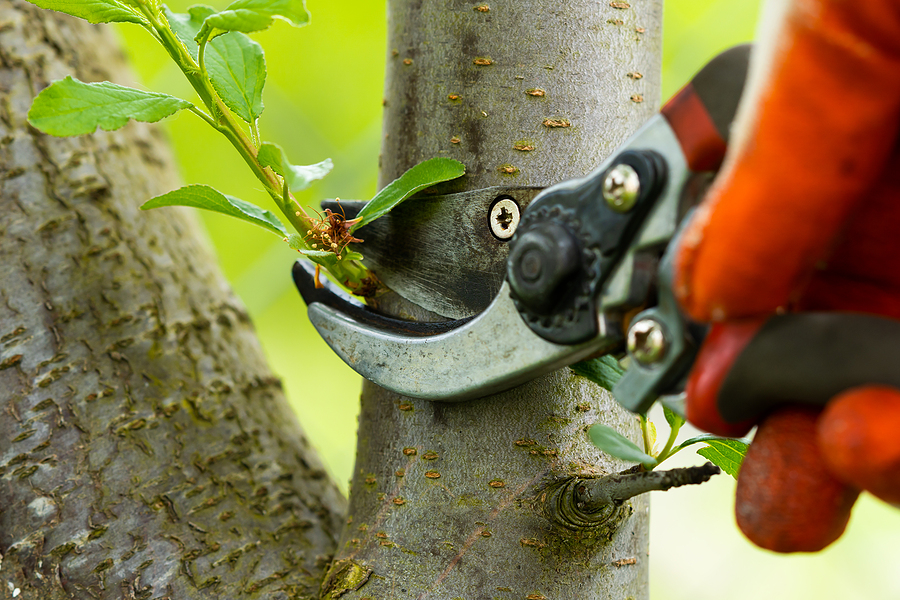
Start by removing dense foliage or overcrowded branches that obstruct airflow, facilitating better air movement within the plant canopy.
Trimming back excess growth allows more sunlight to penetrate lower parts of the plant, aiding in reducing humidity levels by drying out moisture that contributes to bud rot development.
Regularly inspect plants for signs of bud rot, focusing on buds, flowers, and stems.
Look for dark, slimy spots or fuzzy white or gray mold, indicating infection.
Promptly prune off infected areas, cutting a few inches below visible signs to ensure complete removal.
Sanitize pruning tools after each use to prevent pathogen spread.
Regular pruning and removal of infected areas are crucial preventive measures against bud rot.
Combining pruning with environmental control measures significantly minimizes the risks associated with this disease.
Natural Remedies: Harnessing the Power of Organic Solutions
Natural remedies offer a powerful and organic solution for managing bud rot in your plants. These remedies harness the power of nature and can be effective in preventing and treating this fungal disease.
hydrogen peroxide
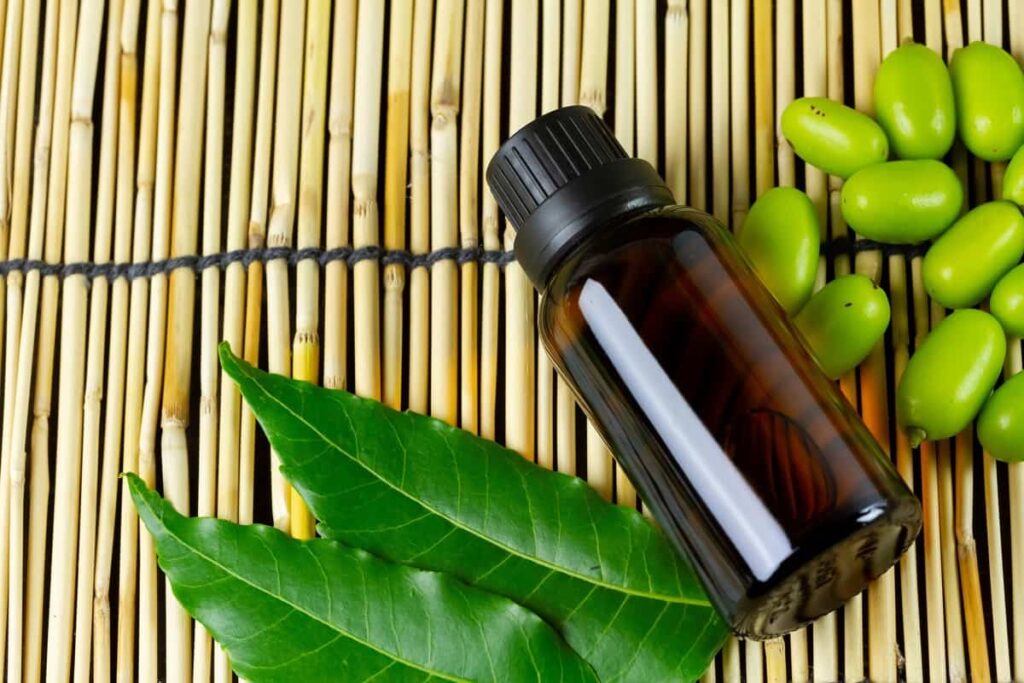
One popular natural remedy is a mixture of hydrogen peroxide and water. This solution can be sprayed directly onto the affected areas, helping to kill off the fungus and prevent further spread.
Neem oil
Another natural remedy is the use of neem oil. Neem oil is derived from the seeds of the neem tree and has antifungal properties. It can be diluted with water and applied to the leaves and stems of your plants to help control bud rot. Additionally, neem oil is safe for both the plant and the environment, making it a popular choice among organic gardeners.
By incorporating these natural remedies into your gardening routine, you can harness the power of organic solutions to combat bud rot effectively. These remedies not only offer an alternative to chemical treatments but also provide a more sustainable and eco-friendly approach to disease management.
The Amazon Brand Hydrogen Peroxide has been an indispensable addition to my household cleaning arsenal. Its versatility extends beyond wound care, proving effective for disinfecting surfaces and removing tough stains. Despite its strong odor, its affordable price and ample quantity make it a practical choice for various applications. However, caution is advised due to its potential for skin irritation and bleaching effects. Overall, it’s a reliable solution for maintaining a hygienic environment with careful handling.
✅ Affordable Option: Offers good value for money compared to other hydrogen peroxide solutions on the market.
✅ Large Quantity: Comes in a sizable bottle, providing ample supply for frequent use or emergencies.
✅ Effective Disinfectant: Kills bacteria and viruses effectively when used as directed, promoting a hygienic environment.
✅ Convenient Packaging: Features a sturdy bottle with a secure cap, preventing leaks and ensuring easy storage.
✅ Trusted Brand: Sold under Amazon’s own brand, providing assurance of quality and reliability.
❌ Bleaching Effect: Has a bleaching effect on fabrics and surfaces, which may be undesirable for certain applications.
❌ Strong Odor: Has a characteristic odor that some users may find unpleasant during application.
❌ Limited Packaging Options: Available only in one size, which may not suit all users’ needs or storage preferences.
❌ Shelf Life: Hydrogen peroxide has a limited shelf life once opened, requiring timely use to prevent degradation.
❌ Chemical Nature: Being a chemical solution, it requires careful handling and storage away from children and pets to avoid accidents.
Fungicides and Antifungal Treatments: Effective Options for Bud Rot Management
Fungicides and antifungal treatments play a crucial role in effectively managing bud rot in plants. These treatments are designed to target and eliminate the underlying fungal infections that cause bud rot, preventing further damage to the plants. While there are several options available in the market, it is important to choose the right fungicide or antifungal treatment based on the specific needs of your garden and the severity of the bud rot infestation.
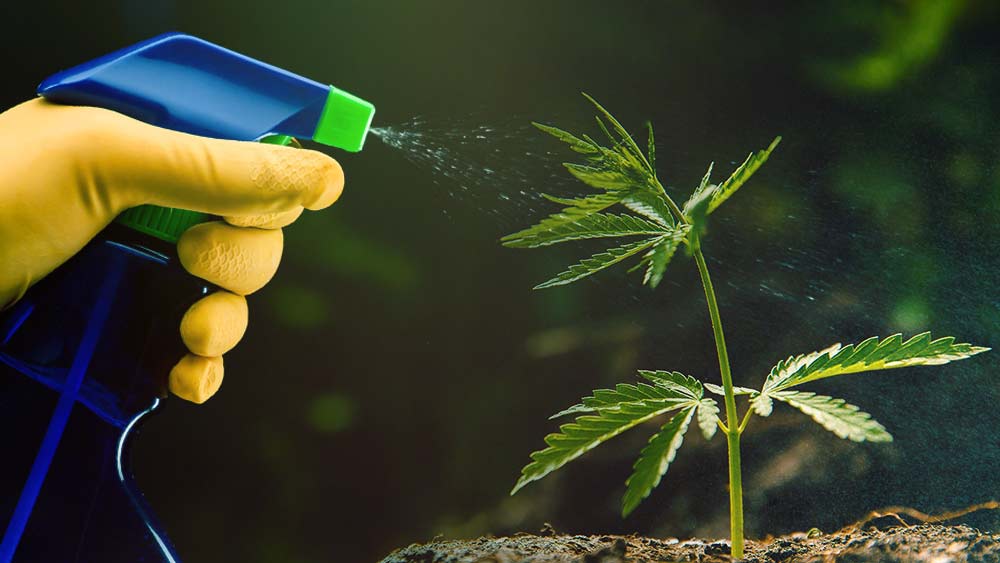
- Copper-Based Solutions: These fungicides are effective against various fungal pathogens, including those causing bud rot.
- Protective Barrier: Copper fungicides create a protective barrier on the plant’s surface, inhibiting fungal growth and spread.
- Residual Effects: They offer long-term protection against future infections.
- Dosage and Instructions: Follow the manufacturer’s guidelines for safe and effective application.
Remember to handle fungicides with care and prioritize safety during application. 🌿🔍
Harvesting and Post-Harvest Care: Minimizing the Risk of Bud Rot Spread
Harvesting and post-harvest care play a crucial role in minimizing the risk of bud rot spread. Once your plants have reached their ideal harvest time, it is essential to handle them with care to prevent any potential contamination. Bud rot can easily be spread through the handling and movement of infected plants, making proper post-harvest practices essential for maintaining the overall health of your crop.
Use Clean and Sanitized Tools:
- Utilize sharp and sterile scissors or shears to carefully harvest buds, minimizing damage to surrounding plant material.
- Wear disposable gloves to further reduce the risk of transferring potential pathogens during harvest.
Proper Storage and Drying Techniques:
- Ensure an ideal drying environment to prevent bud rot development post-harvest.
- Use a well-ventilated drying room with consistent temperature and humidity levels to minimize moisture accumulation.
- Hang buds or use drying racks to promote airflow, aiding in moisture prevention and fungal growth inhibition.
Regularly monitoring their drying progress is also crucial; removing any buds that show signs of rot or mold will help protect the integrity of the unaffected ones. By implementing these post-harvest care practices, you are taking important steps to prevent bud rot from spreading and compromising the quality of your harvest.
The Road to Recovery: Rehabilitating Plants Affected by Bud Rot
Rehabilitating plants affected by bud rot requires a systematic approach to minimize the spread of the disease and encourage healing.
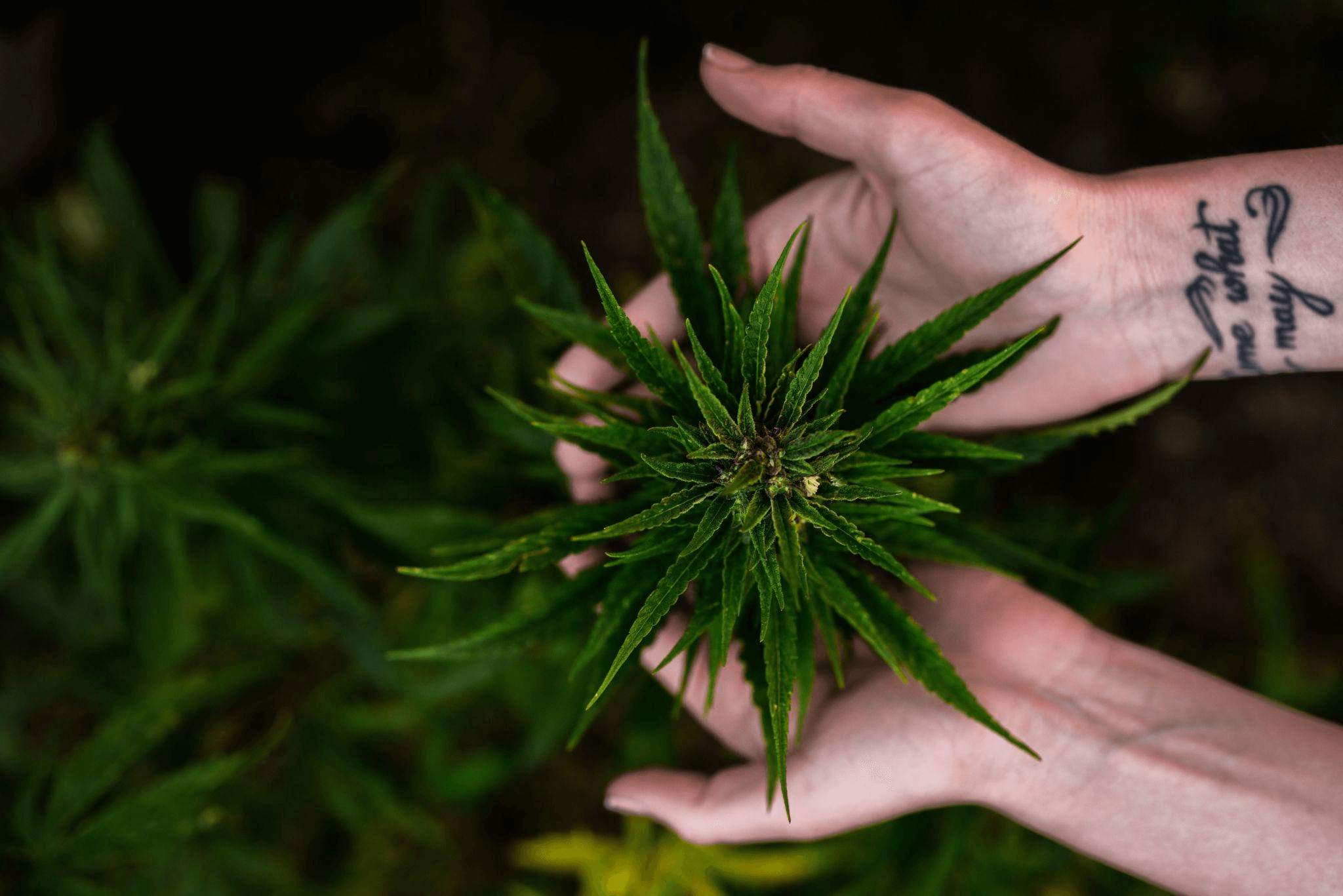
- Remove Infected Material:
- Prune and dispose of affected leaves, flowers, and buds promptly.
- Sterilize pruning tools between cuts to prevent cross-contamination.
- Optimal Growing Environment:
- Ventilation: Maintain proper airflow to reduce humidity levels. Use fans or air circulation systems.
- Temperature and Humidity: Keep them consistent for stress-free healing.
- Light and Nutrition: Provide adequate light and nutrients for plant recovery.
The following table shows the rehabilitating plants affected by bud rot:
| Rehabilitation Measure | Duration of Treatment | Frequency of Application | Impact on Plant Health |
|---|---|---|---|
| 1. Pruning Infected Parts | – Immediate | – Once, as needed | – Removes affected areas to prevent further spread. |
| 2. Antifungal Treatment | – 2 weeks (follow product instructions) | – Weekly during the treatment period | – Suppresses and eliminates fungal growth. |
| 3. Improved Air Circulation | – Ongoing | – Continuous improvement | – Enhances plant resilience against future infections. |
| 4. Soil Moisture Management | – 2-3 weeks (adjust as needed) | – Regular monitoring and adjustment | – Prevents conditions conducive to fungal development. |
| 5. Nutrient Boost | – 4-6 weeks (until signs of recovery) | – Initially bi-weekly, then as needed | – Supports plant recovery and new growth. |
By following these steps, you’ll improve your plant’s chances of recovery. 🌱🌿
Note: This list provides a comprehensive overview of Bud Rot, including its causes, prevention strategies, treatment options, and post-in
Bud rot, also known as botrytis cinerea, is a common and devastating problem in gardening and horticulture. This fungal disease primarily affects the buds, flowers, and fruits of plants, leading to rotting, decay, and loss of yield. Understanding the causes, prevention strategies, treatment options, and post-infection care is crucial in mitigating the impact of bud rot and ensuring healthy plant growth.
One of the key factors contributing to the development of bud rot is environmental conditions. Excessive humidity, poor air circulation, and high moisture levels are favorable conditions for the growth and spread of the botrytis cinerea fungus. These conditions can occur both indoors and outdoors, making it essential to create an optimal growing environment for plants. Adequate ventilation, controlling humidity levels, and maintaining proper airflow are crucial steps to prevent the onset of bud rot. Additionally, strategic plant placement to maximize sunlight exposure and minimize the risk of dampness can help reduce the susceptibility of plants to this destructive fungal disease.
Watch video for more information:
FAQ
What is bud rot?
Bud rot is a fungal infection that affects cannabis plants, primarily targeting the buds or flowers. It can lead to significant damage and loss of yield if not properly addressed.
How can I identify if my plants are affected by bud rot?
Look out for signs such as brown or black spots on buds, a foul odor, and a mushy or slimy texture. Infected buds may also crumble easily when touched.
What are the main causes of bud rot?
Bud rot is primarily caused by high humidity levels and poor airflow, leading to excess moisture in the growing environment. Other contributing factors include inadequate drainage, overwatering, and the presence of mold spores.
How can I prevent bud rot from occurring?
To prevent bud rot, it is crucial to maintain proper ventilation and airflow in the growing area. Additionally, ensuring optimal sunlight exposure, balancing moisture levels during watering, and using well-drained soil are essential preventive measures.
Are there any natural remedies to treat bud rot?
Yes, there are natural remedies that can help combat bud rot. Options include using organic antifungal sprays, applying cinnamon powder to affected areas, or using a hydrogen peroxide solution to kill the fungus.
What are some effective antifungal treatments for bud rot management?
Fungicides specifically designed to treat bud rot can be an effective option. Look for products containing ingredients like copper sulfate or neem oil, which have antifungal properties.
How should I handle harvesting and post-harvest care to minimize the risk of bud rot spread?
When harvesting, it is important to inspect each bud thoroughly for signs of rot. Trim off any affected areas, ensuring not to spread the fungus. Properly drying and curing harvested buds in a controlled environment will also help prevent further fungal growth.
Can plants affected by bud rot recover?
Plants affected by bud rot can recover if the infection is caught early and appropriate treatment is administered. However, severe cases may result in irreversible damage and loss of the affected buds.

Studied Agricultural Engineering-Plant Protection at University of California, Davis.
Head of Content writing team at Southelmontehydroponics.com

